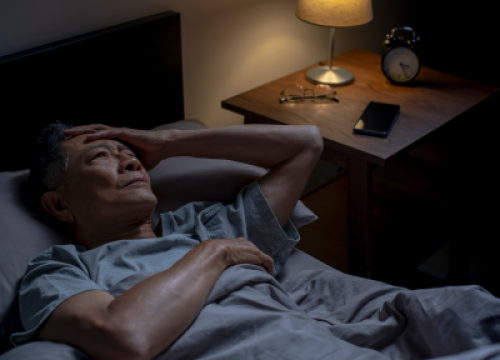Urinary Problems in Parkinson's Disease
Parkinson’s disease (PD) has many features that have little or nothing to do with movement. Among these non-motor symptoms are problems with the autonomic nervous system — the part of the nervous system that controls “automatic” bodily functions, such as heart rate, blood pressure, sweating, sexual function and both gastrointestinal and urinary function. These symptoms are often among the most serious and complex issues faced by people with PD.
Unlike bowel dysfunction (e.g., constipation), which often occurs before Parkinson’s movement symptoms, urinary dysfunction is not typically a problem until the later stages of the disease.
Bladder Problems in Parkinson’s
The primary function of the bladder is twofold — to store urine as it is made and then to empty the urine. With Parkinson’s, problems can emerge in both areas.
Recent studies suggest that 30-40% of people with Parkinson’s have urinary difficulties. Despite the frequency of urinary dysfunction, actual urinary incontinence is relatively uncommon. Troublesome incontinence develops in only about 15% of people with Parkinson’s.
The most common urinary symptoms experienced by people with Parkinson’s are:
- The need to urinate frequently
- Trouble delaying urination once the need is perceived, creating a sense of urinary urgency
These symptoms usually mean you have an irritable or overactive bladder. Your bladder is signaling the brain that it is full and needs to empty when, in fact, it is not. This can happen at any time, so you might have to get up multiple times during the night to go to the bathroom.
Impairment of bladder emptying is a less frequent but still troublesome feature of urinary dysfunction in Parkinson’s. This may be caused by delay or difficulty in relaxation of the urethral sphincter muscles. These muscles must relax for the bladder to empty. This can result in hesitancy in initiating urination, difficulty in generating a stream and incomplete emptying of the bladder. Dystonia – involuntary muscle contractions – of the urethral sphincter has also been described.
Treatment
Medications that work to block or reduce bladder overactivity can be useful in treating urinary frequency and urgency. These include oxybutynin, tolterodine, solifenacin and darifenacin.
These medications are not helpful for problems emptying the bladder and may actually aggravate the difficulty. Medications such as bethanechol can help, but intermittent self-catheterization is sometimes necessary. Before initiating these, a doctor must make sure that some unrelated process, such as an enlarged prostate, is not responsible for the problem.
You may benefit from seeing a bladder specialist (urologist) for help with medication and lifestyle adjustments.
Conclusion
Being aware that urinary problems, such as urinary tract infections, can be a symptom of Parkinson’s is the first step toward management. Do not hesitate to bring these problems to the attention of your healthcare team. Effective treatment is often available.
Related Materials
Pain in Parkinson's Disease
Nutrition and PD
Medications for Non-motor Symptoms
Related Blog Posts


